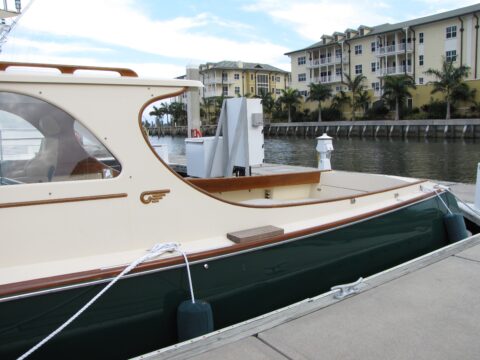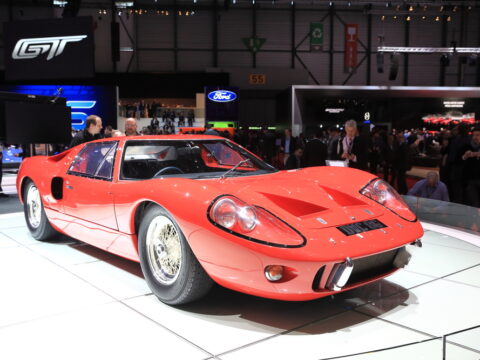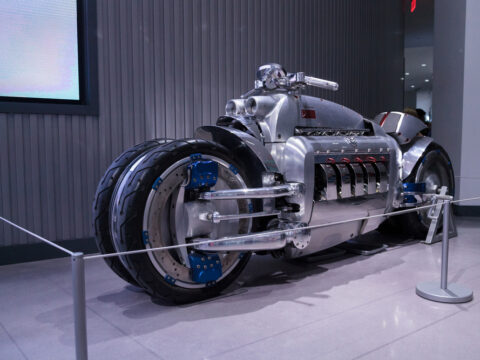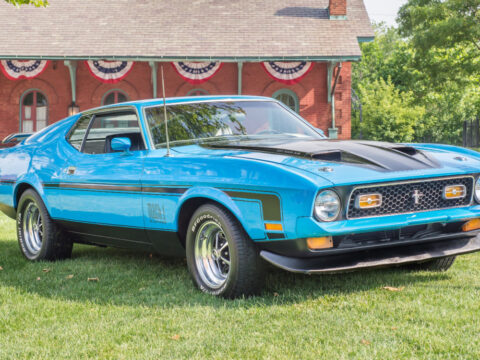The 1960s, marked by cultural revolutions and innovations, also saw a golden age in cinema and television. Iconic vehicles often stole the show, serving as symbols of style, innovation, or power. Let’s take a nostalgic drive down memory lane to explore the automobiles that defined the era and became pop culture legends.
Contents
1964 Aston Martin DB5 – Goldfinger (1964)
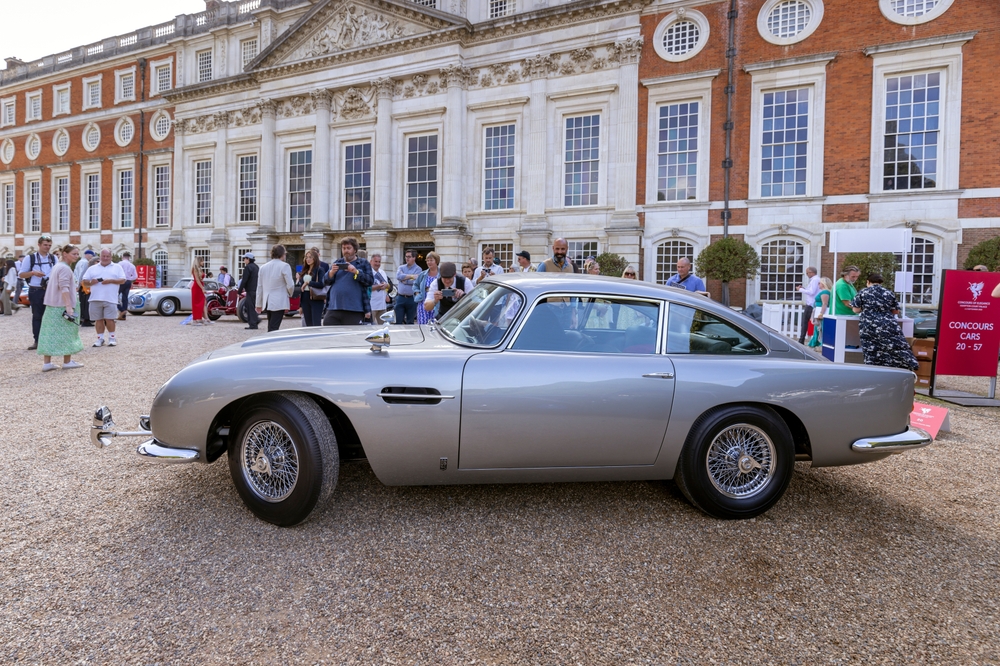
The DB5 is probably the most iconic Bond car ever. Introduced in the movie “Goldfinger,” this silver beauty came equipped with various gadgets such as an ejector seat, rotating number plates, and hidden guns. The DB5 solidified the bond (pun intended) between 007 and Aston Martin, a relationship that continues in the Bond films to this day.
1966 Batmobile (based on 1955 Lincoln Futura) – Batman (TV series, 1966-1968)
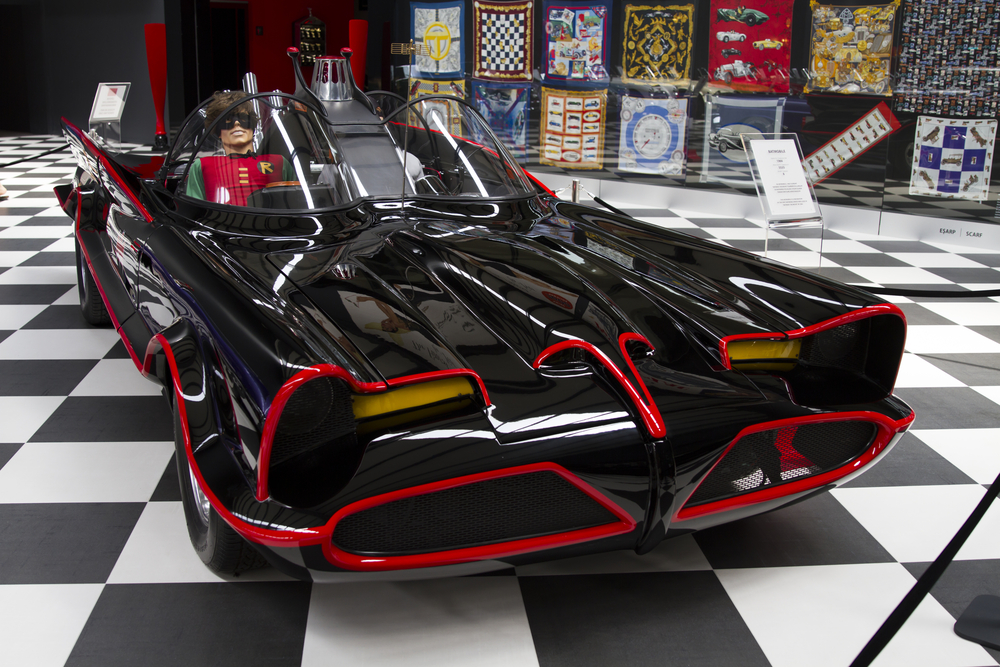
Customized by George Barris, this unique vehicle became instantly recognizable with its bat-wing fins and jet turbine. The Batmobile quickly became a symbol of the caped crusader and set the tone for Batmobiles in future renditions of the Batman story.
1963 Volkswagen Beetle – The Love Bug (1968)
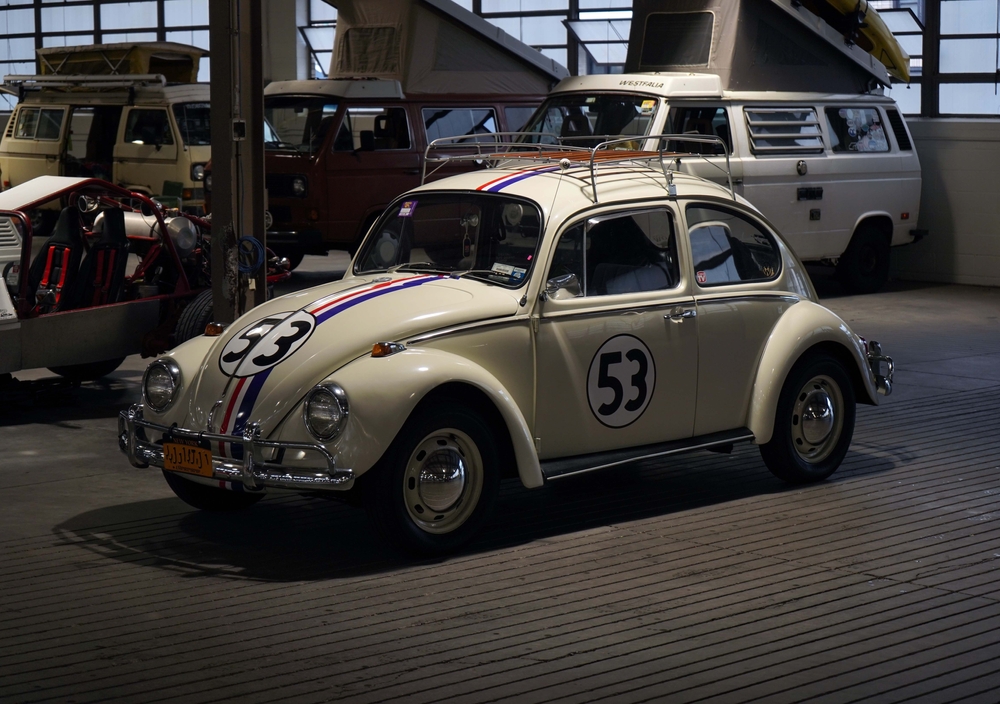
Known as “Herbie,” this little white Volkswagen Beetle with red and blue racing stripes and the number “53” became a star in its own right. Herbie’s anthropomorphic qualities and adventures captured audiences’ hearts and led to several sequels.
1968 Ford Mustang GT 390 Fastback – Bullitt (1968)

Steve McQueen’s 10-minute car chase in San Francisco driving this Mustang is hailed as one of the most iconic car chases in film history. The dark green Mustang became synonymous with McQueen’s cool, understated style.
1966 Chrysler Imperial “Black Beauty” – The Green Hornet (TV series, 1966-1967)

Customized with green headlights and an array of gadgets, the “Black Beauty” was the Green Hornet’s primary mode of transportation. Its sleek design and modifications made it a standout TV car.
1960s MINI Cooper – The Italian Job (1969)
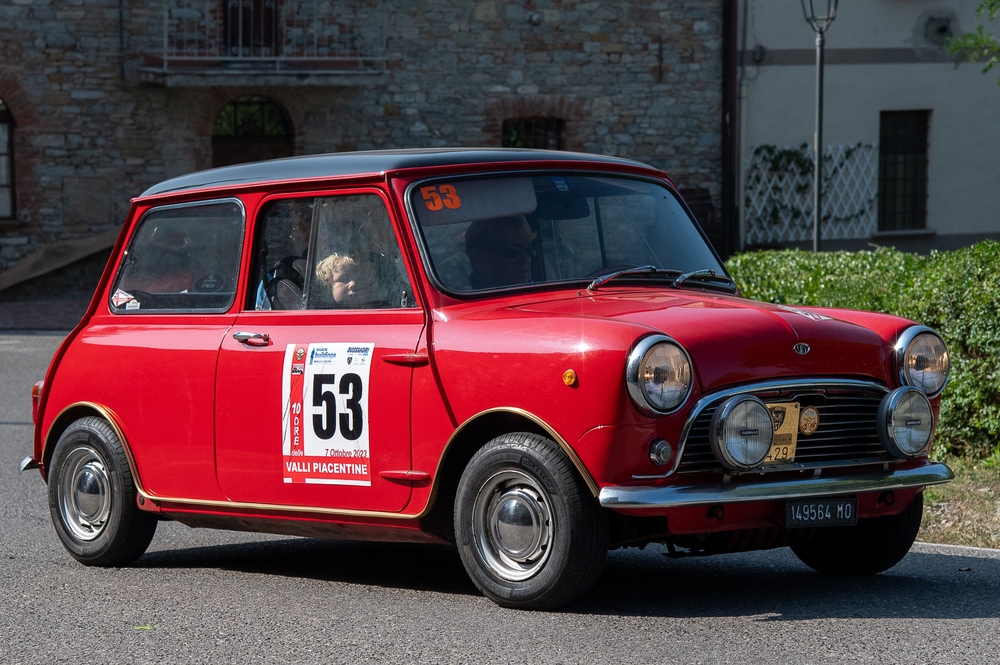
The MINI Cooper’s role in this classic heist film, where a trio of these cars are used to transport stolen gold through Turin, turned the MINI into an icon of British pop culture. The film showcased the vehicle’s agility and compact size, cementing its cool status.
1960 Peugeot 403 Convertible – Columbo (TV series, 1968-2003)
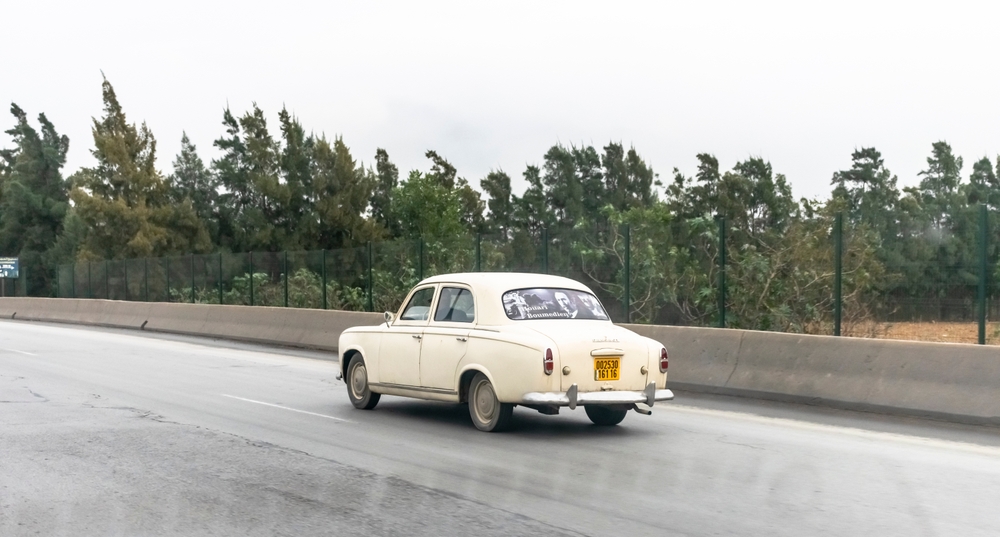
Lieutenant Columbo’s rumpled appearance matched his equally unkempt Peugeot 403. The car became an integral part of his character and was as memorable as his catchphrase, “Just one more thing…”
1962 Sunbeam Alpine Series II – Get Smart (TV series, 1965-1970)
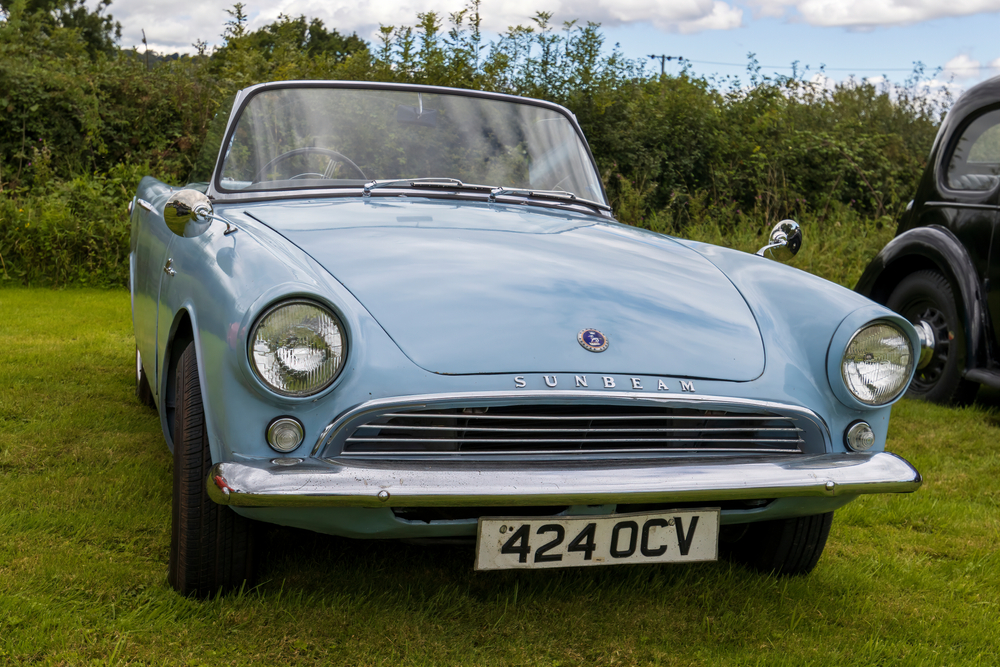
Driven by the bumbling spy Maxwell Smart, the Sunbeam Alpine became synonymous with the comedic antics of the show. Its quirky appearance fits perfectly with the show’s tone.
1967 Ford Mustang Eleanor – “Gone in 60 Seconds” (2000)
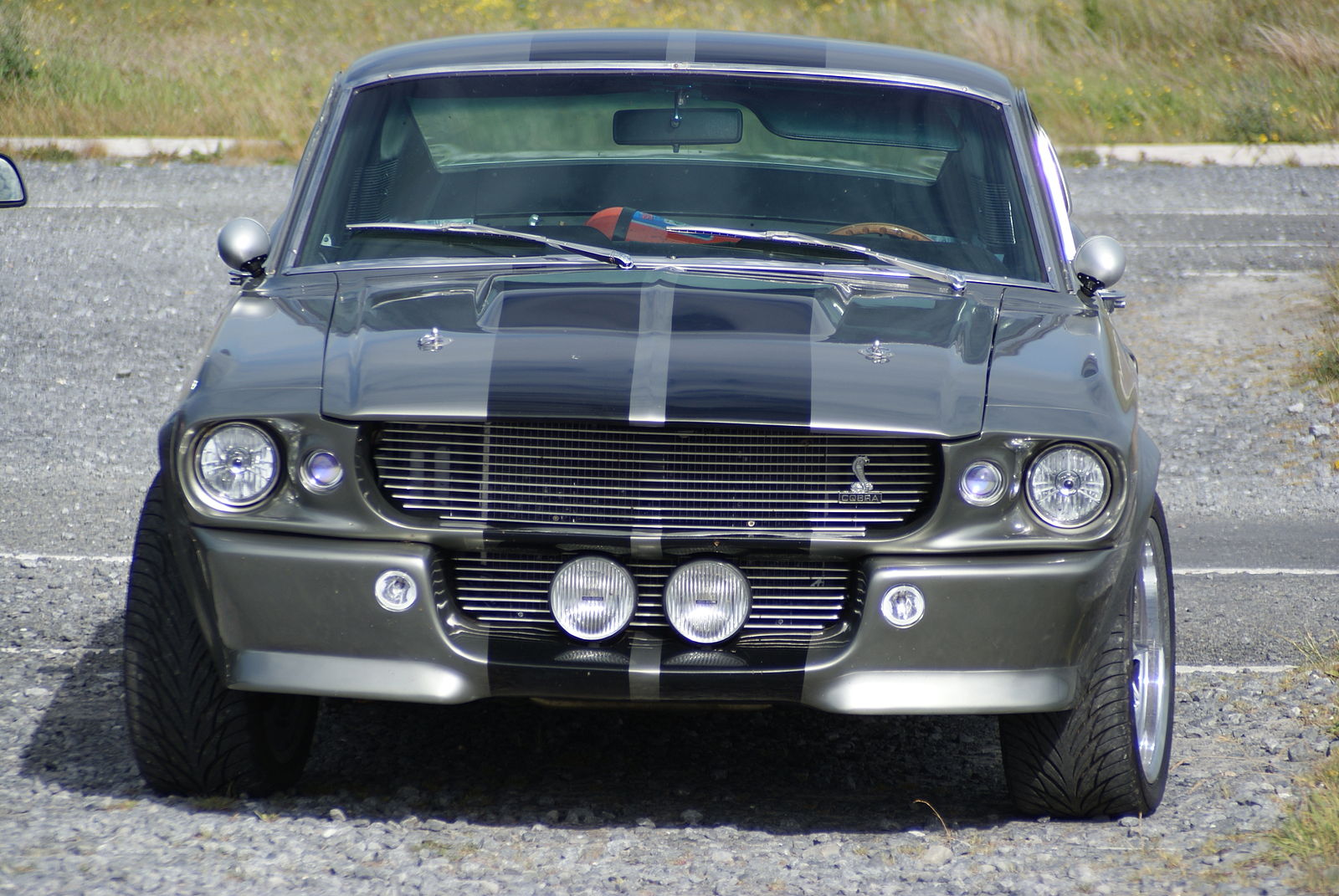
The custom-built Eleanor, a 1967 Ford Mustang, became a star with its sleek, modified design and nitrous-boosted engine scenes. Known for its role in high-stakes theft scenes, Eleanor’s distinctive body kit and performance modifications made it a fan favorite, epitomizing the allure of custom muscle cars.
1963 Aston Martin DB5 – “Goldfinger” (1964)
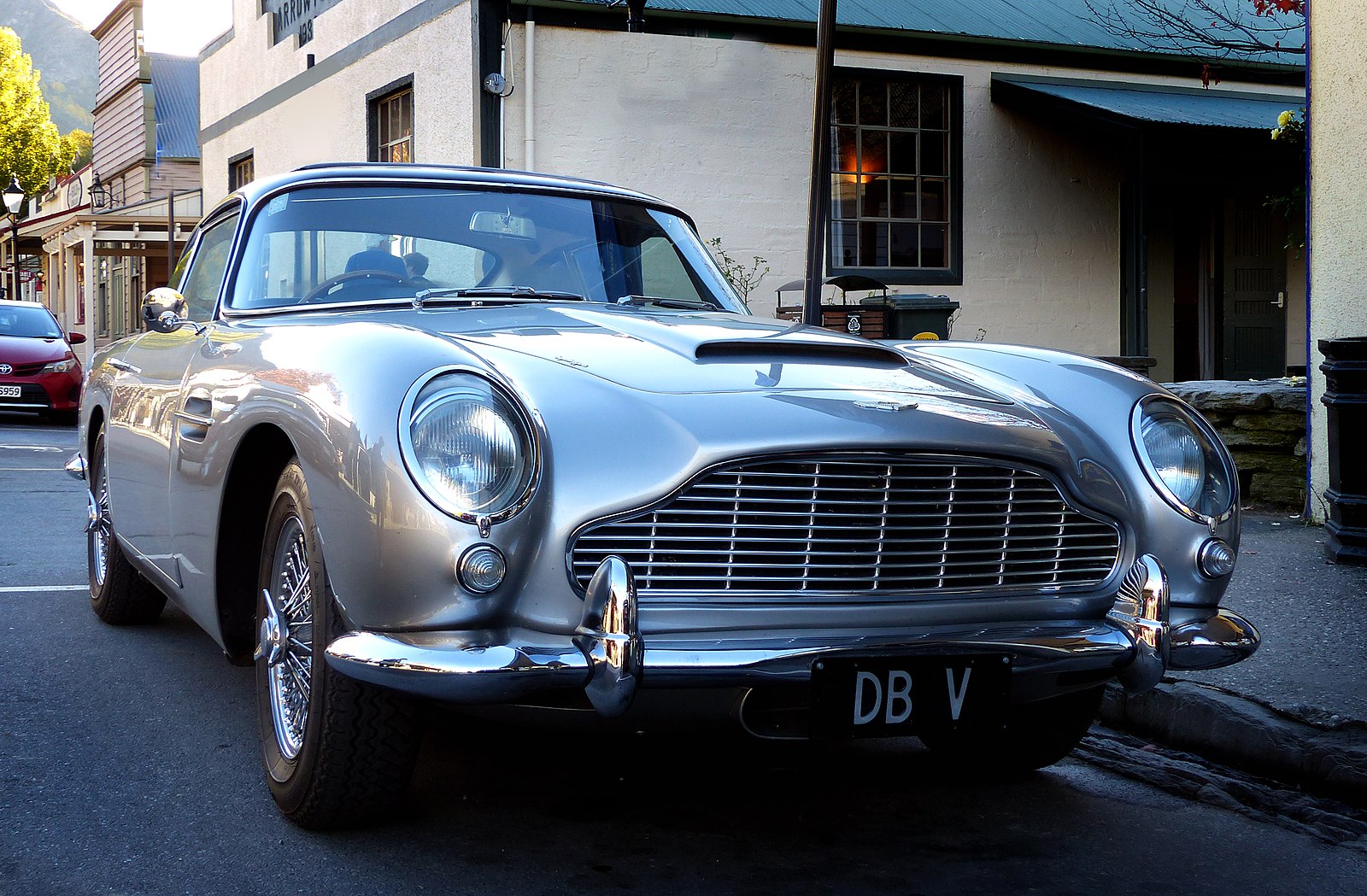
Featured as James Bond’s vehicle equipped with various gadgets, the DB5’s elegant design and association with espionage thrilled audiences, making it one of the most iconic Bond cars and a symbol of 1960s luxury and sophistication.
1959 Cadillac Miller-Meteor Ambulance – “Ghostbusters” (1984)
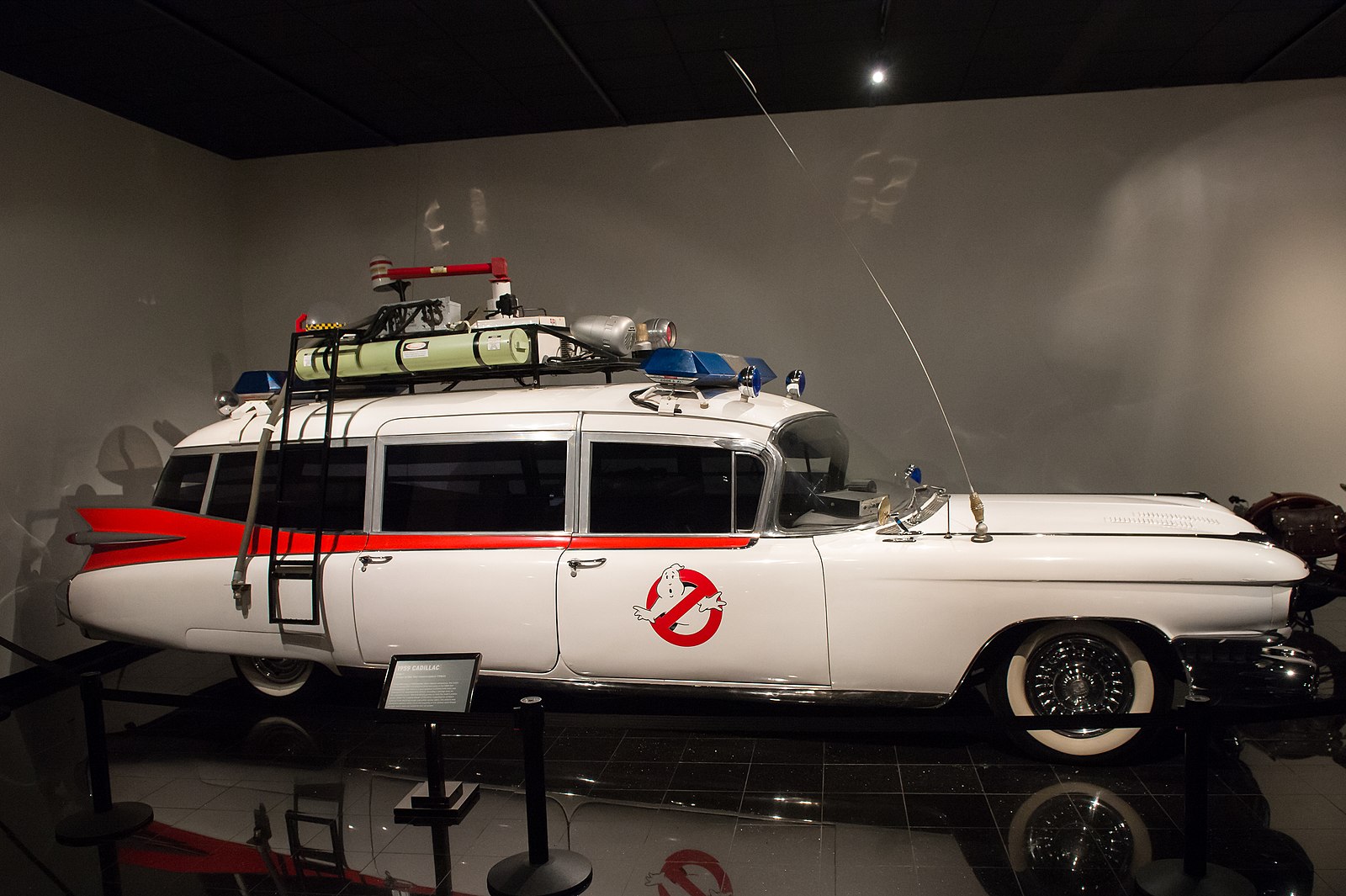
Known as the “Ecto-1,” this modified ambulance/hearse served as the Ghostbusters’ mobile headquarters. Its unique modification and role in the paranormal investigation team’s escapades left a lasting impression as one of the most recognizable movie vehicles.
bility and sleek lines, which exemplified the Lotus brand’s emphasis on unique engineering.
1961 Ferrari 250 GT California Spyder SWB – “Ferris Bueller’s Day Off” (1986)
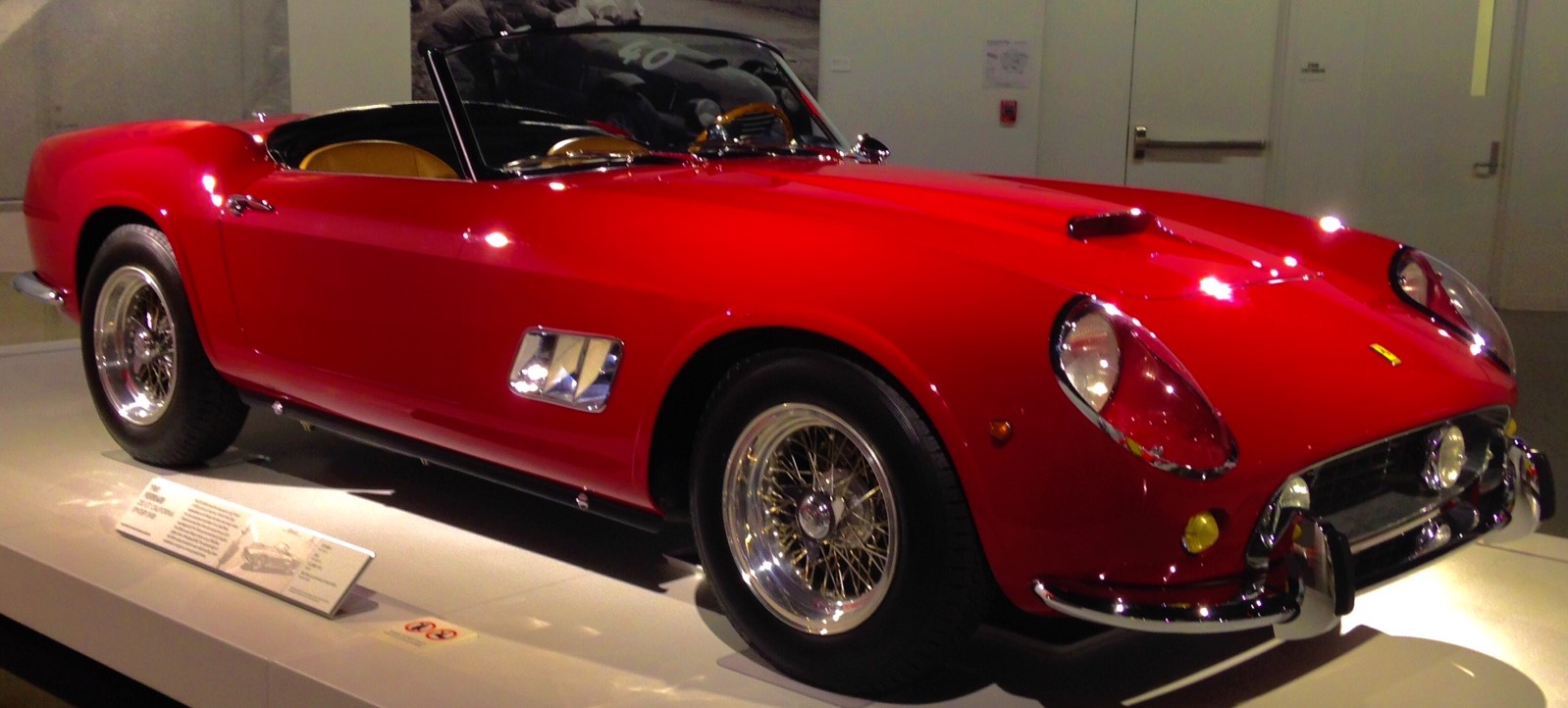
This rare Ferrari, known for its stunning design and V12 power, took center stage in a memorable day off, encapsulating the freedom and rebellious spirit of youth in this cult classic film.
1968 Dodge Charger – “Bullitt” (1968)
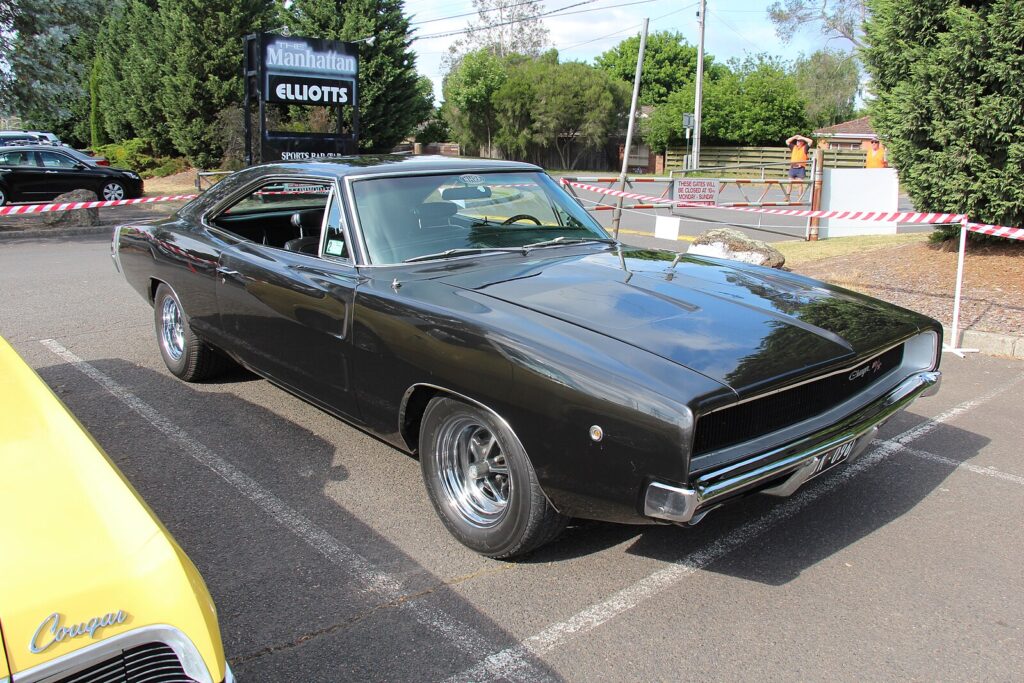
The 1968 Dodge Charger, known for its role in the iconic “Bullitt” car chase, featured a powerful 440 Magnum engine and a menacing black design. It contrasted sharply with Steve McQueen’s Mustang, symbolizing raw power and danger in one of cinema’s most thrilling chases.
1969 Chevrolet Camaro – “Better Off Dead” (1985)
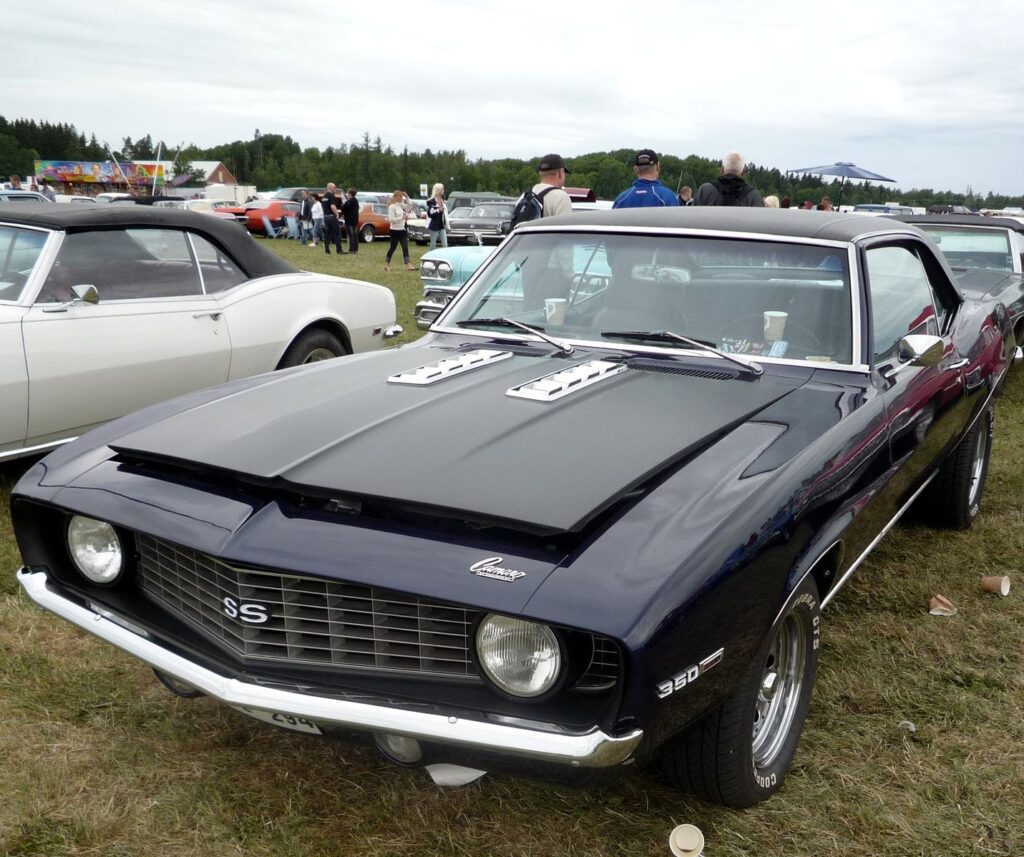
Although featured in an 80s movie, this 1969 Chevrolet Camaro captures the essence of 60s muscle. In “Better Off Dead,” this car showcases the typical 60s design with its aggressive stance and powerful engine, contributing to its cult popularity among muscle car enthusiasts. The film’s portrayal of the Camaro added to its mystique, highlighting its V8 engine and sleek lines, making it an integral part of a classic high school rivalry plot.
1961 Jaguar E-Type – “The Avengers” (TV Series, 1961-1969)
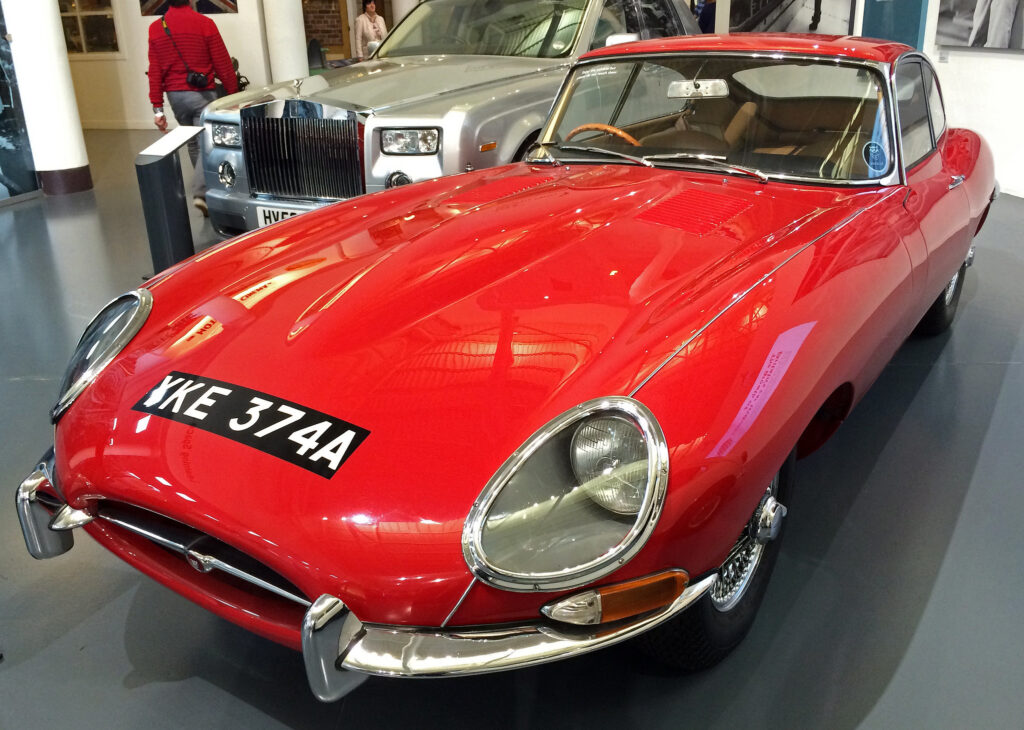
The Jaguar E-Type, featured in the British TV series “The Avengers,” was known for its breathtaking beauty and incredible performance. This car was driven by the character John Steed and represented British elegance and luxury, with its distinctive design and powerful 3.8-liter inline-six engine that made it a symbol of 1960s high style.
1962 Ferrari 250 GTO – “The Love Bug” (1968)
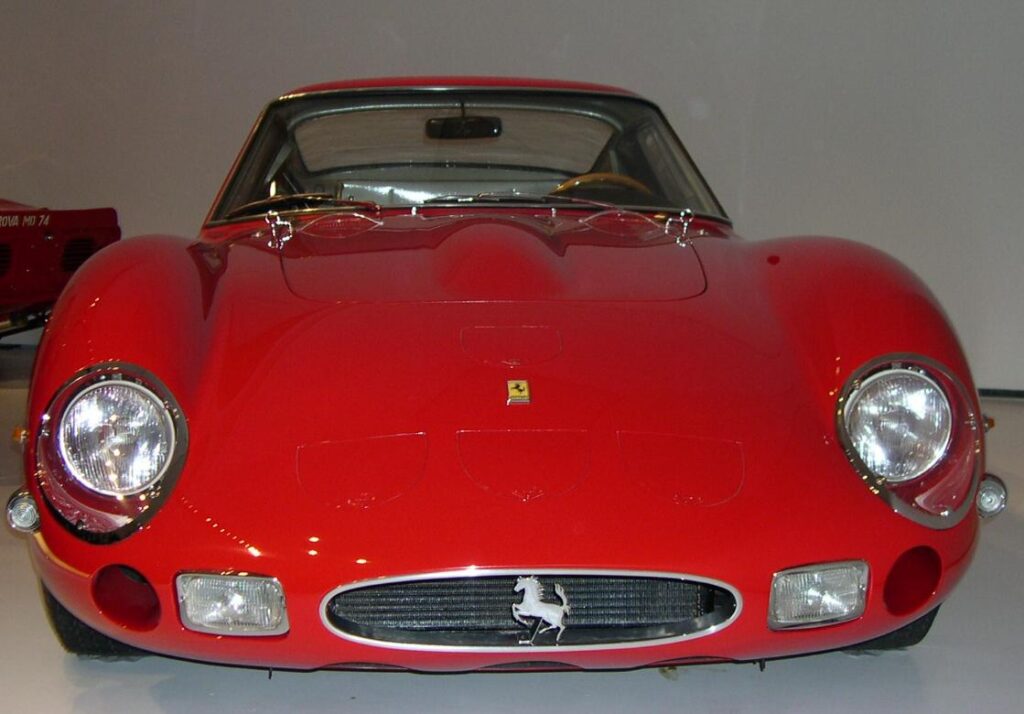
Featured as a rival car in the movie “The Love Bug,” the 1962 Ferrari 250 GTO was the epitome of Italian sports car prowess during the 1960s. Known for its racing pedigree, incredible V12 power, and stunning design, the 250 GTO was one of the most expensive and exclusive cars of its time, enhancing its allure and symbolizing speed and sophistication.
1967 Plymouth Belvedere GTX – “Tommy Boy” (1995)
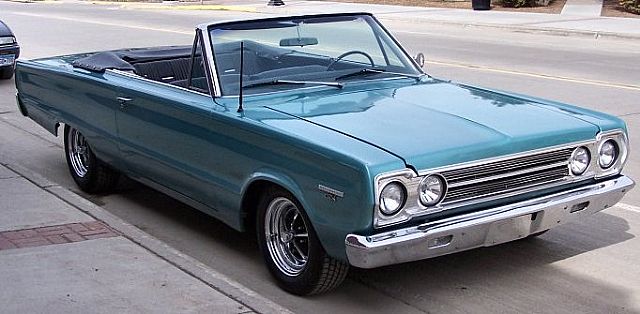
While “Tommy Boy” is a 90s film, it featured the 1967 Plymouth Belvedere GTX as a throwback to the muscle car era of the 60s. The car plays a pivotal role in the film, symbolizing the journey of the main characters. Its powerful 440 cubic-inch V8 and robust design made it a symbol of American muscle, often remembered for its roaring engine and rugged charm.
1965 Shelby Cobra 427 – “The Gumball Rally” (1976)
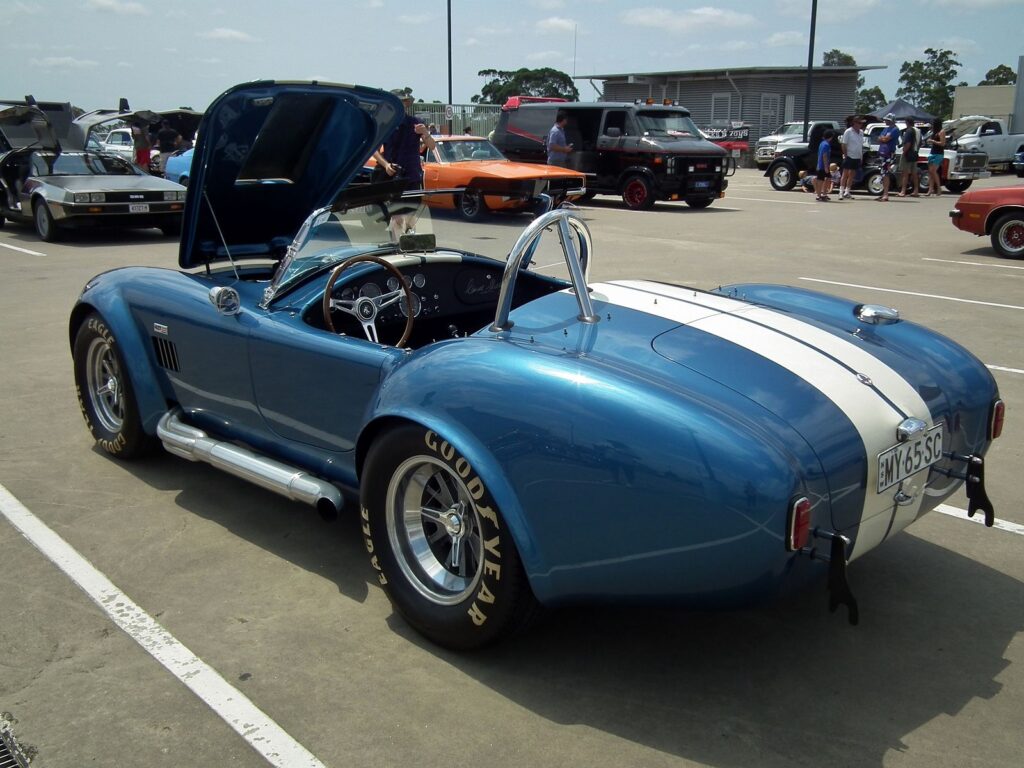
The 1965 Shelby Cobra 427 appeared in “The Gumball Rally,” a film about a coast-to-coast road race. The Cobra’s lightweight design and powerful V8 engine made it an ideal choice for racing, embodying the spirit of freedom and adventure. Its performance and distinctive body shape have made it one of the most celebrated sports cars in American cinema.
1963 Ford Falcon Sprint – “Bewitched” (TV Series, 1964-1972)
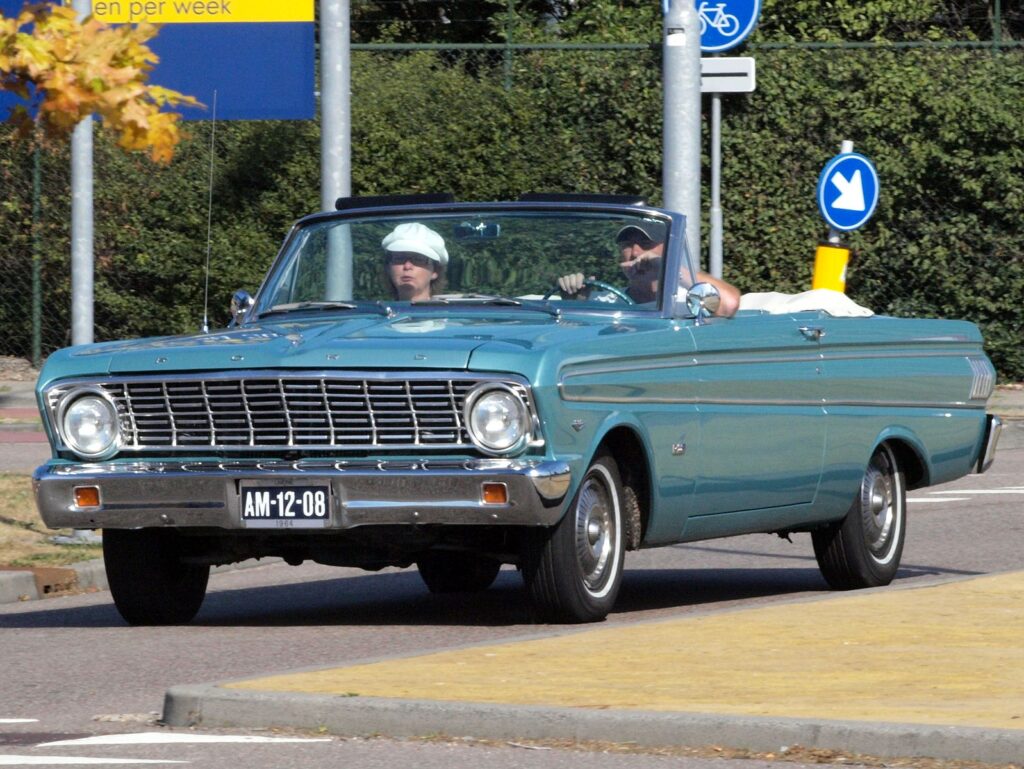
In the TV series “Bewitched,” Darrin Stephens often drove a 1963 Ford Falcon Sprint. This car was chosen for its modest yet stylish representation of suburban family life. With its compact design and a V8 option that was unusual for small cars of the time, the Falcon Sprint was both practical and somewhat sporty, reflecting the show’s blending of ordinary life with magical elements.
1969 Dodge Charger “General Lee” – “The Dukes of Hazzard” (debuted in 1979)
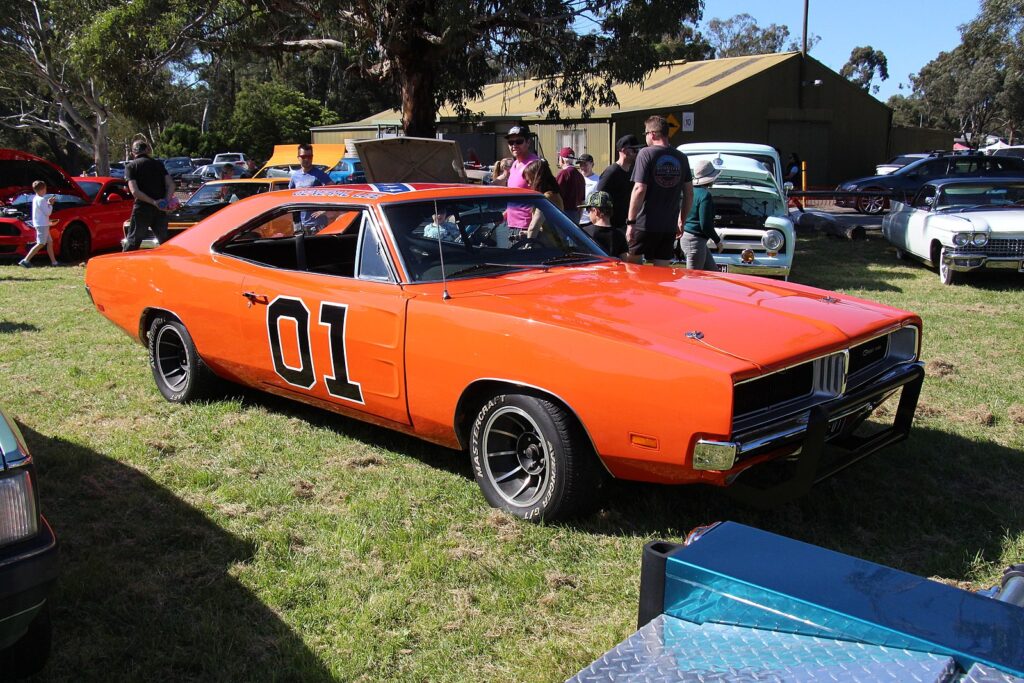
Although “The Dukes of Hazzard” debuted at the end of the 1970s, the 1969 Dodge Charger known as the “General Lee” became one of the most iconic television cars ever. Famous for its bright orange color, Confederate flag on the roof, and horn that played “Dixie,” this car was central to the series’ high-octane chases and stunts, embodying a rebellious spirit that resonated with many fans, despite later controversy.
This article originally appeared on MyCarMakesNoise.
More from MyCarMakesNoise
20 Formidable Battleships You Need to Know About
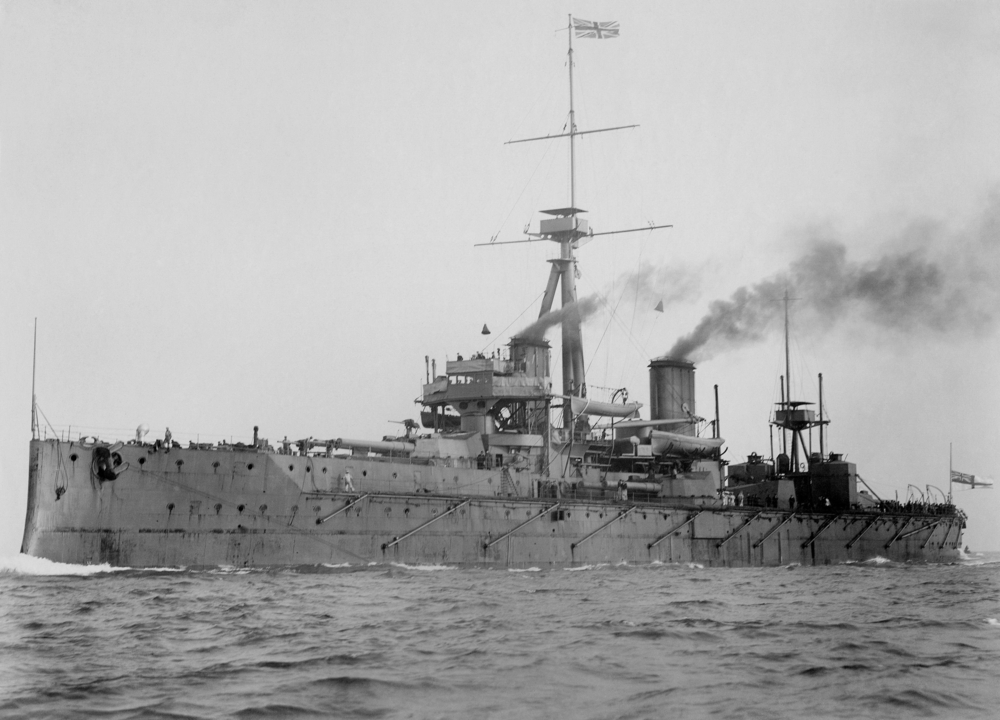
Throughout history, battleships have played pivotal roles in shaping naval warfare and asserting maritime dominance. From legendary vessels that changed the course of wars to technological marvels of their time, these formidable giants of the sea have left an indelible mark on history. Read More.
10 Classic Vespa Scooters That Became Icons

Embark on a nostalgic journey through the storied history of Vespa, an emblem of Italian style and innovation that has captivated the hearts of scooter enthusiasts worldwide for over seven decades. Read More.
10 Little-Known Facts About Lexus
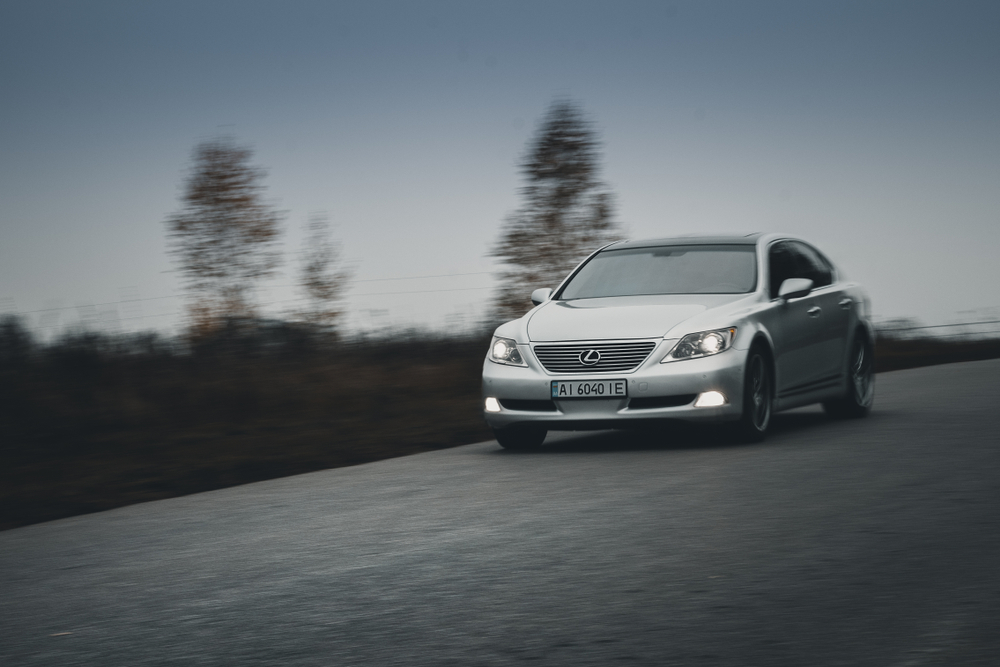
Lexus has long been synonymous with luxury and innovation, yet there are many fascinating aspects of this iconic brand that remain under the radar. Beyond its sleek designs and superior comfort, Lexus has consistently pushed the boundaries of automotive technology and design, making significant impacts that are not widely known. Read More.

